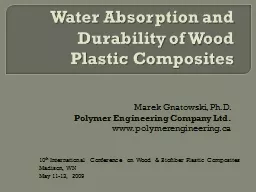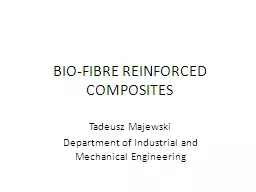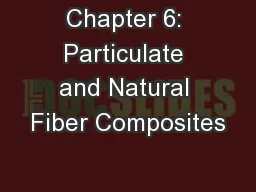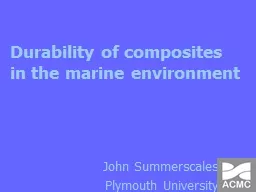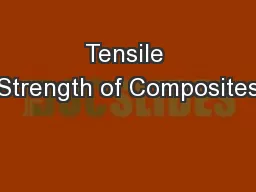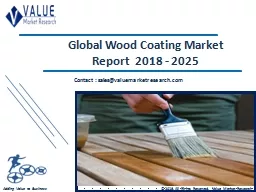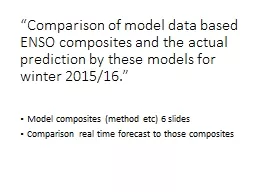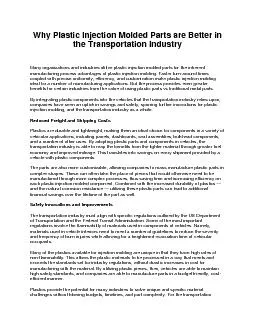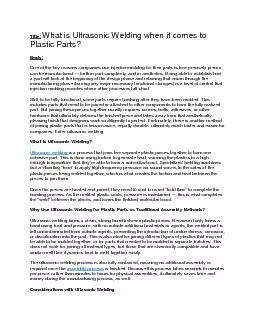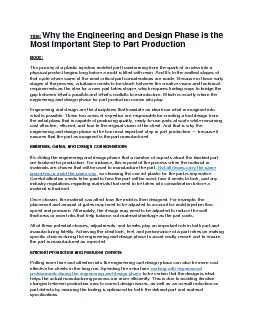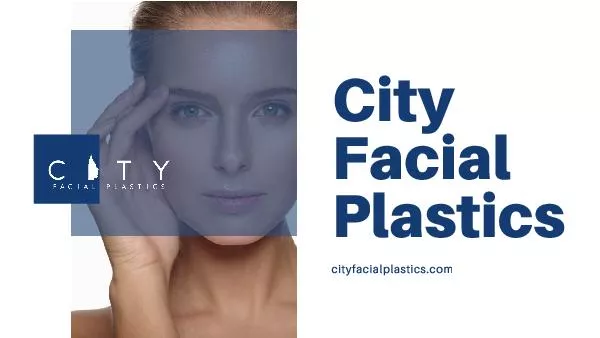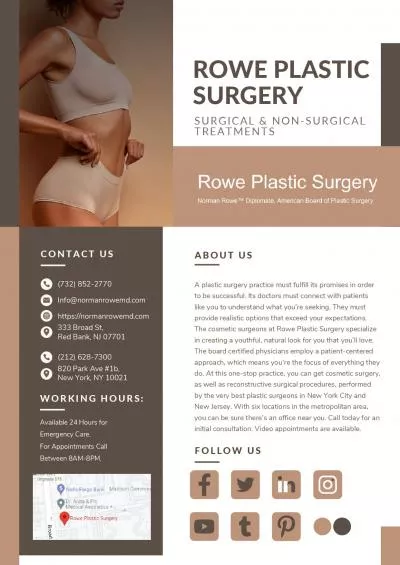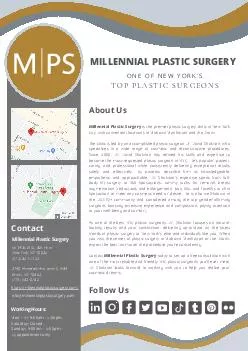PPT-Water Absorption and Durability of Wood Plastic Composites
Author : myesha-ticknor | Published Date : 2016-03-30
Marek Gnatowski PhD Polymer Engineering Company Ltd wwwpolymerengineeringca 10 th International Conference on Wood amp Biofiber Plastic Composites Madison WN May
Presentation Embed Code
Download Presentation
Download Presentation The PPT/PDF document "Water Absorption and Durability of Wood ..." is the property of its rightful owner. Permission is granted to download and print the materials on this website for personal, non-commercial use only, and to display it on your personal computer provided you do not modify the materials and that you retain all copyright notices contained in the materials. By downloading content from our website, you accept the terms of this agreement.
Water Absorption and Durability of Wood Plastic Composites: Transcript
Download Rules Of Document
"Water Absorption and Durability of Wood Plastic Composites"The content belongs to its owner. You may download and print it for personal use, without modification, and keep all copyright notices. By downloading, you agree to these terms.
Related Documents

